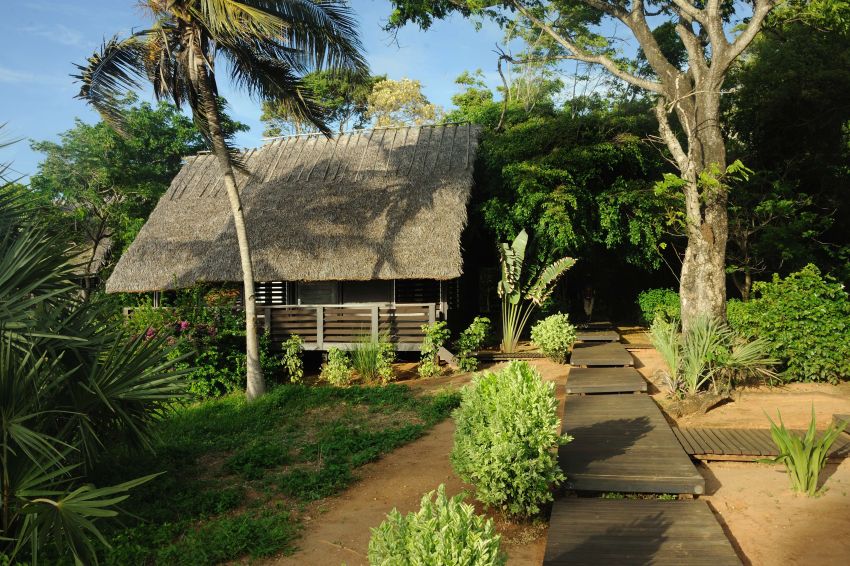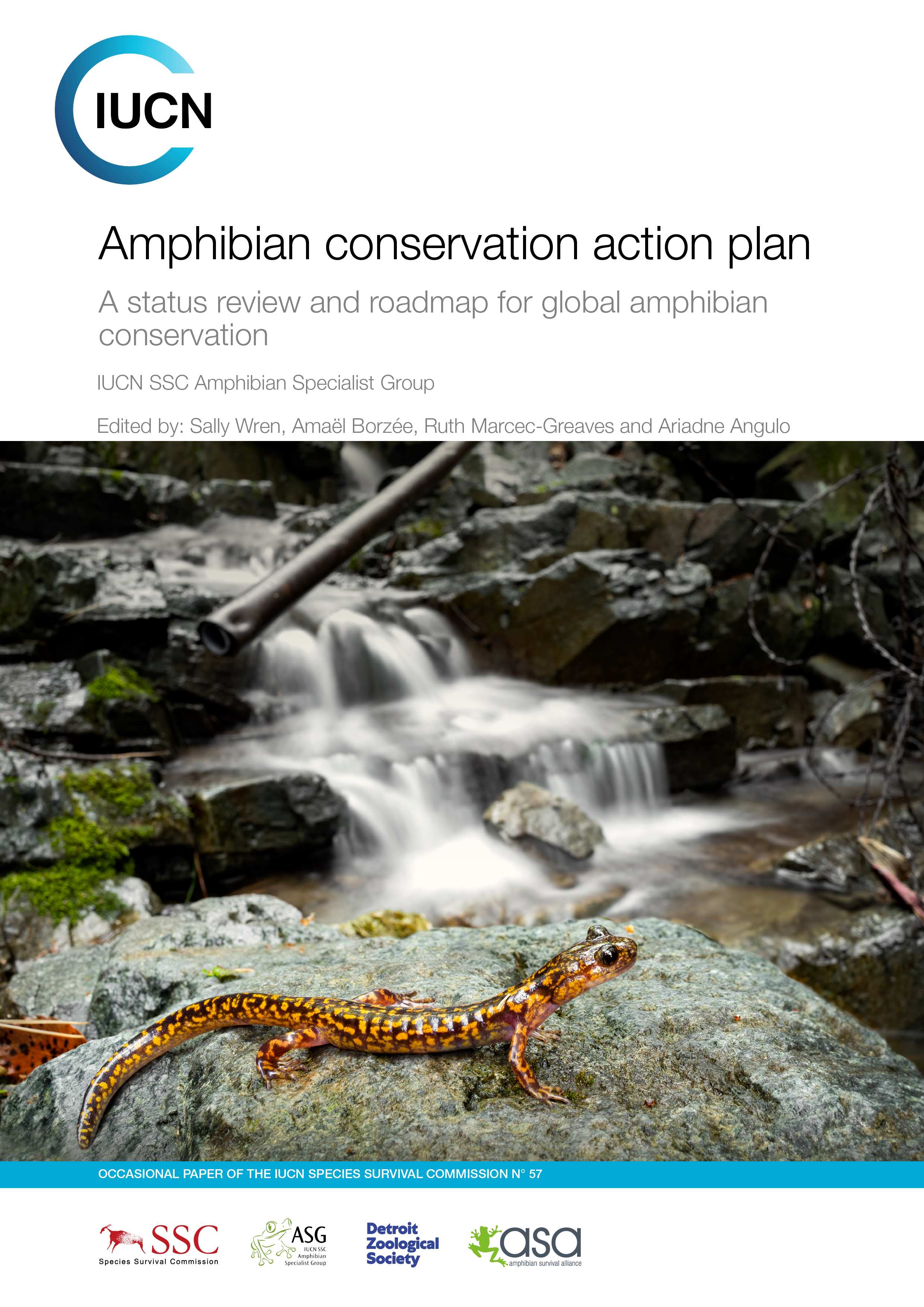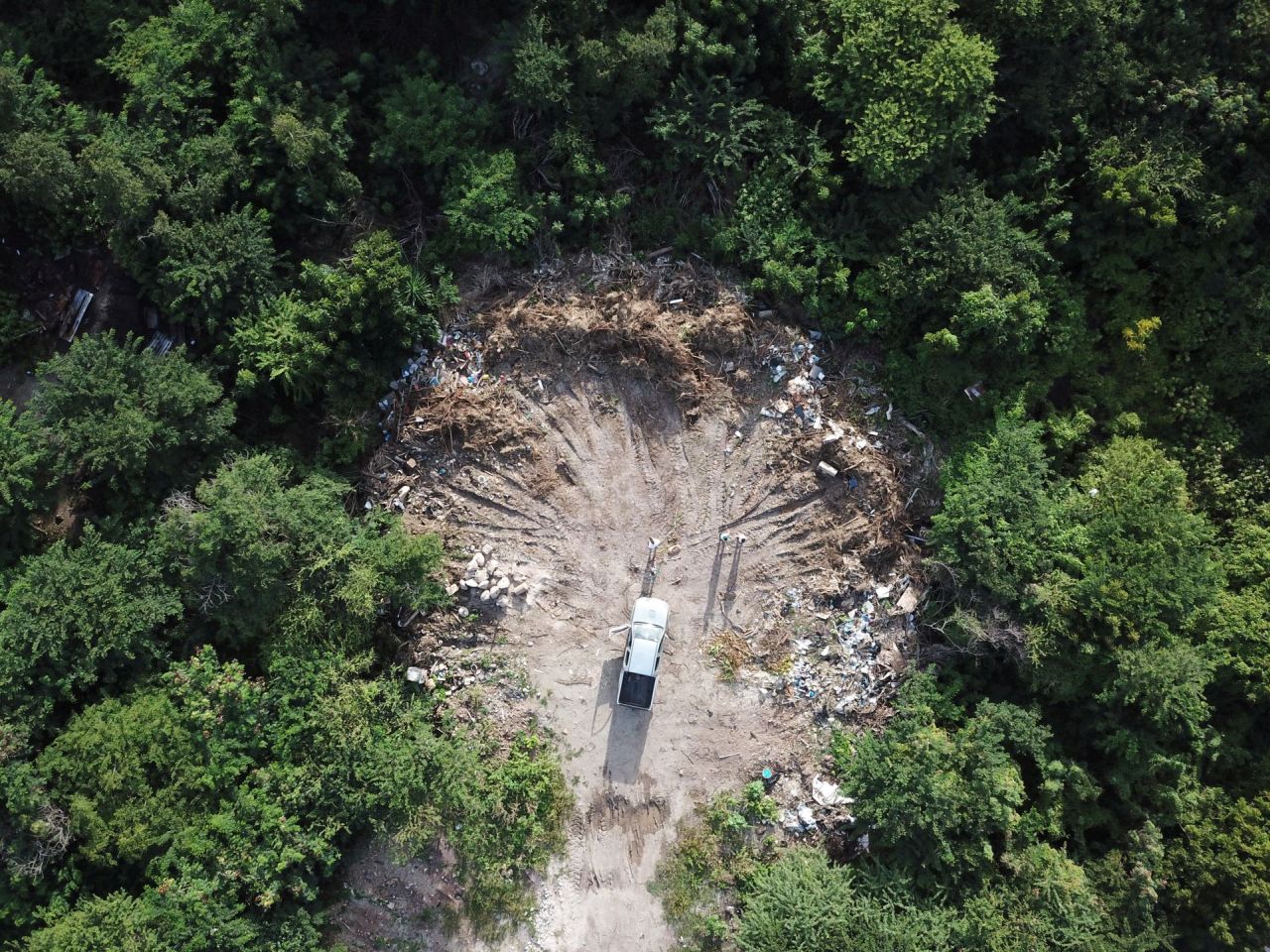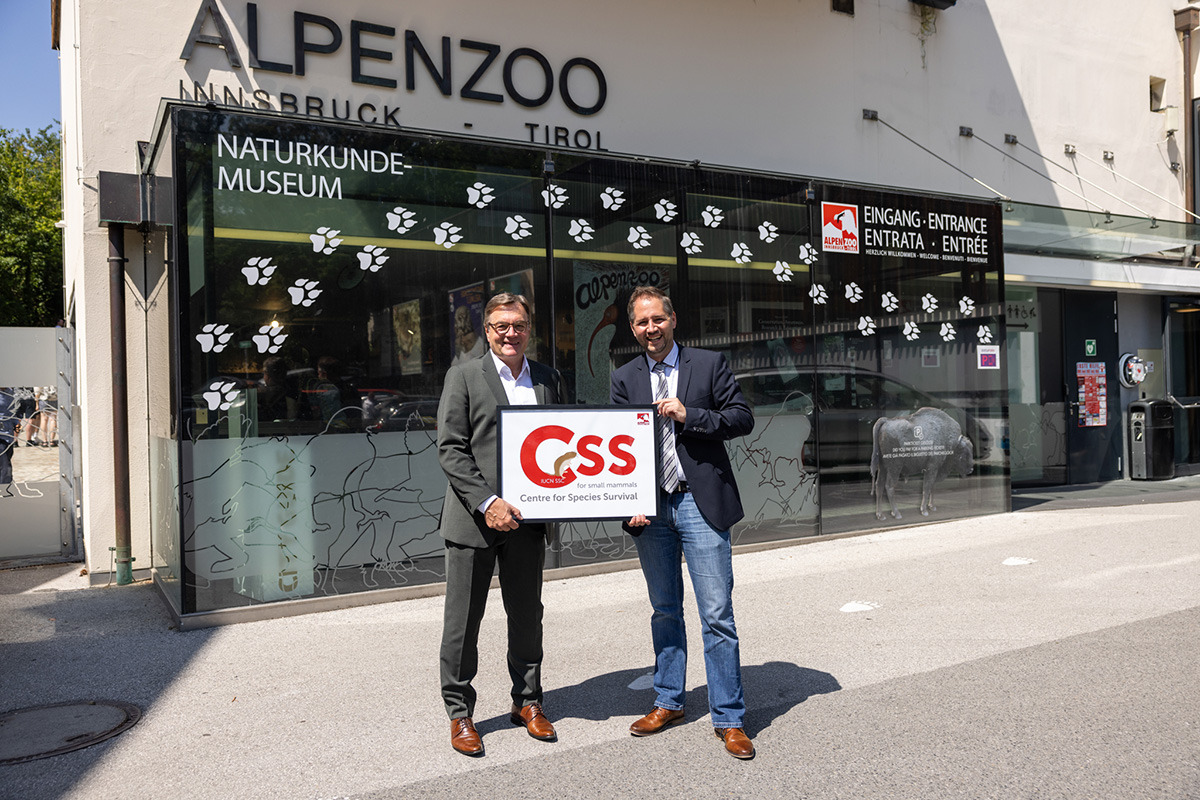Madagascar is one of the world’s most important countries for biodiversity conservation and, in the opinion of many, the highest priority biodiversity hotspot on Earth. As the world’s largest oceanic island (about the size of Texas in the United States), it has been separated from other landmasses for many millions of years.
As a result, an amazing range of species have evolved there separately, with unmatched levels of endemism in both plants and animals. This includes over 15,000 species of plants, more than 80% of them endemic; more than 400 species of reptiles, 90% of which are endemic; five endemic families of birds; and a staggeringly high level of frog diversity and endemism.
Ecotourism can and should be Madagascar’s number one foreign exchange earner in the near future – keeping in mind that the country is now one of the poorest on Earth.
Undoubtedly though, Madagascar’s best known creatures and greatest ambassadors are the lemurs, a unique radiation of primates that numbers 111 species and subspecies, found nowhere else. Furthermore, we continue to discover and describe new species, and have more than doubled the number of known lemur species in just the past 25 years alone. I have been privileged to be involved in this exciting research endeavour, having been a co-author on the description of seven new species in the past decade.
Lemurs play a very important role in Madagascar’s forests, serving a wide variety of ecological roles from seed dispersal and pollination to maintaining forest structure. However, their greatest importance to the country and its people is almost certainly their role as an international magnet for ecotourism with growing numbers of tourists flocking to Madagascar every year to see these wonderful animals in their natural habitats. Indeed, I firmly believe that ecotourism can and should be Madagascar’s number one foreign exchange earner in the near future – keeping in mind that the country is now one of the poorest on Earth.








Add new comment